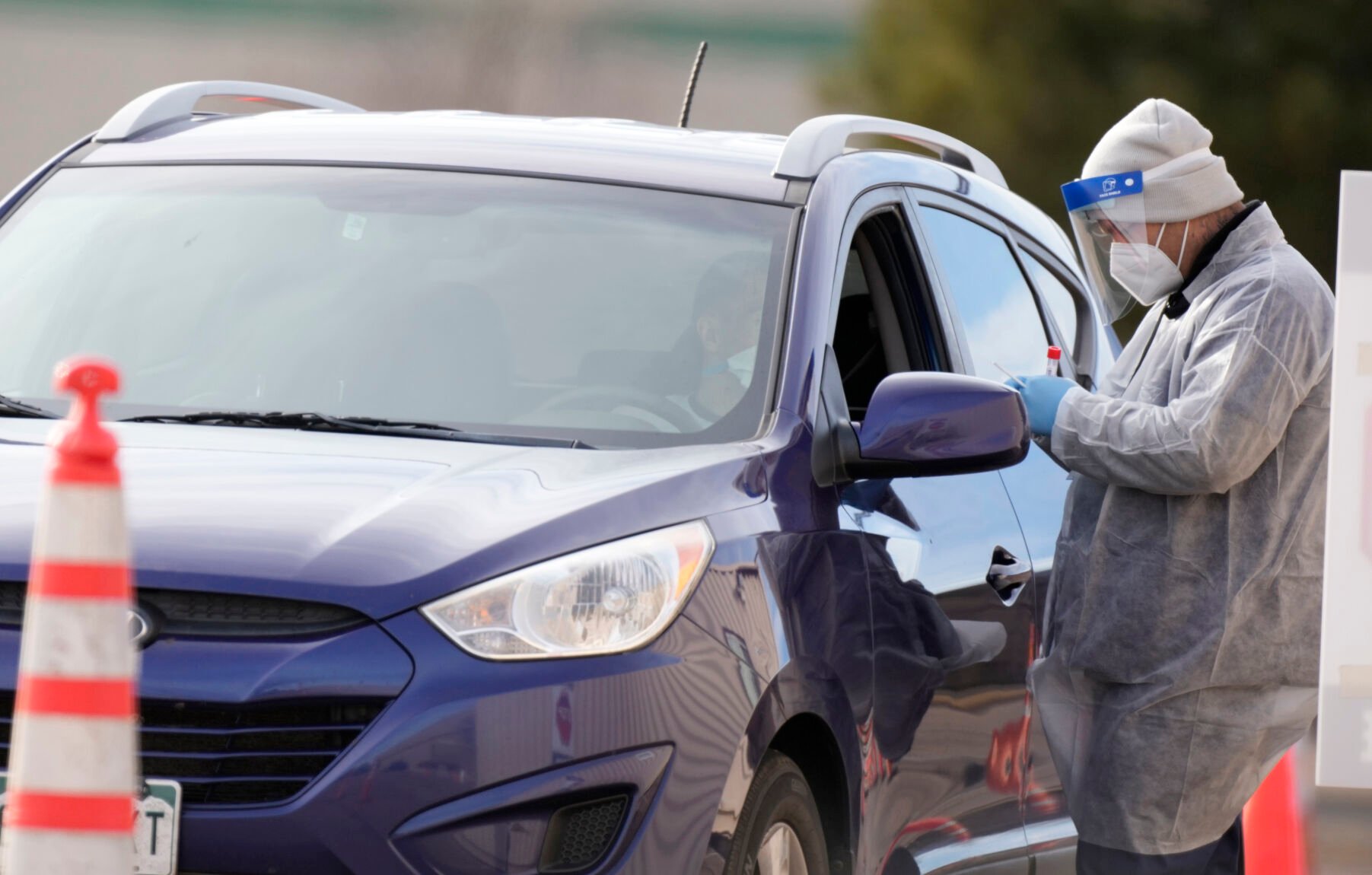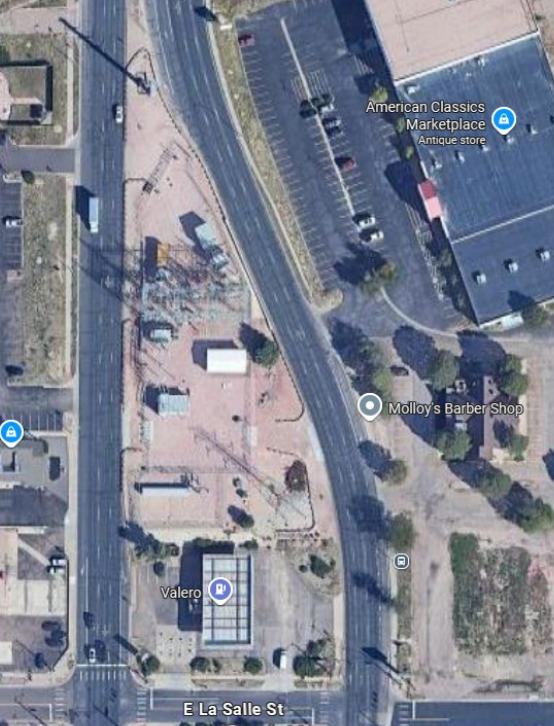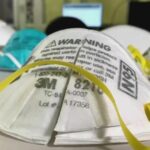Colorado’s omicron wave has likely peaked, health officials say

A month after it began, Colorado’s omicron wave has likely peaked, officials told the state Board of Health on Wednesday, as case and positivity rates fall and hospitalizations show signs of plateauing.
At the wave’s height, somewhere between 6% and 10% of Coloradans were “actively infected with COVID-19,” state epidemiologist Rachel Herlihy told the board, and the scale and reach of omicron’s surge were “staggering.” But she and other health officials had predicted previously that the speed of this wave’s rise would likely herald a similarly rapid decline, and state data is beginning to support that prediction: Though metrics remain higher than nearly any previous point in the pandemic, the average positivity rate has fallen for seven straight days, and case rates have also dropped.
Omicron’s rise to becoming the strain responsible for nearly every COVID-19 case in Colorado took less than a month, far outstripping the weeks it took delta to achieve that level of dominance. It’s unclear how rapidly – or steadily – omicron’s wave will decline; delta ticked upward gradually, with some small plateaus, for months before finding a consistent, significant decline in late November and early December. In comparison, omicron spread like wildfire, with virtually no let-off until last week’s apparent peak.
Omicron’s ignition abruptly ended the brief reprieve brought by the end of the delta wave. Hospitalizations, falling at last, reversed course by the end of December and eventually surpassed the delta wave, while case and positivity rates shattered all previous records. Herlihy told the board Wednesday that the positivity rate, which nearly topped 30% statewide at the wave’s peak last week, was likely still an undercount of how many Coloradans were ill.
Thus far, hospitalizations have not seen the same reversal as cases and positivity rates. But they’ve held roughly steady for five straight days, after surging up 671 net patients in three weeks. Herlihy said she was “crossing her fingers” that hospitalizations would decline “in the next day or two”; downturns in hospital figures often follow a week or two behind declines in case and positivity rates.
As they have since this wave began, officials are looking to other parts of the world hit earlier by omicron – like New York, London and a large province in South Africa – to gauge what will come next here. Herlihy said hospitalization rates in some places have declined steadily once omicron’s presence peaked, but she also noted that the drop was more of a plateau in South Africa.
Hospitalizations have still been higher in recent days than at any point since December 2020, but Herlihy said hospital bed capacity has held steady – much more so than in the November 2021 surge, when modeling suggested capacity could be overwhelmed by the end of last year.
Intensive care capacity, in particular, has had a relative reprieve during the omicron wave, Eric France, the state’s chief medical officer, told the board. The variant appears to cause less severe disease than delta, the previously dominant strain.
But he noted there’s been an “overwhelming number of patients” turning up at emergency rooms. Hospital officials say many people are seeking testing they can’t get elsewhere, and infections among emergency room staff are significantly straining facilities, to the point that a group of physicians asked Gov. Jared Polis and the state to institute the crisis standards of care for hospitals.
France said this latest peak “has almost been more of a crisis of staffing than it has of illness.” Providers and hospitals statewide have warned throughout this wave that infections are thinning their already depleted workforces.
But he said that the “peak period” of health care workers calling out sick “was likely last week.”
“So that’s encouraging that this high uptake of illness may in fact be followed by a quick drop in illness,” he said, “and that could mean our workers might be back very quickly, as well.”
The decreases in cases statewide have “predominantly occurred in the adult population,” Herlihy told the board: Adults had the highest rates from mid-December to mid-January. That trend has since shifted: Now, the highest rates are among 12- to 17-year-old Coloradans. Children’s Hospital Colorado told The Denver Gazette this week that it was seeing record numbers of COVID-19 patients – particularly those under the age of 5 – in this wave because of the magnitude of omicron’s spread.
Herlihy attributed the jump in adolescent case rates to kids returning to school and to social activities, now that the holidays are over.
France told the board that the state was focusing on several priorities now that omicron was ebbing, including improving hospital staffing; providing testing in various forms; building distribution networks for monoclonal antibodies and antiviral drugs; pushing vaccinations; and looking toward a future where COVID-19 is endemic.
As an example of what that future may bring, France described a time when the state “releases responsibility for testing,” meaning that testing would stop being offered by the state and paid for through federal dollars, and instead would become a service offered by hospitals and paid for through insurance.














